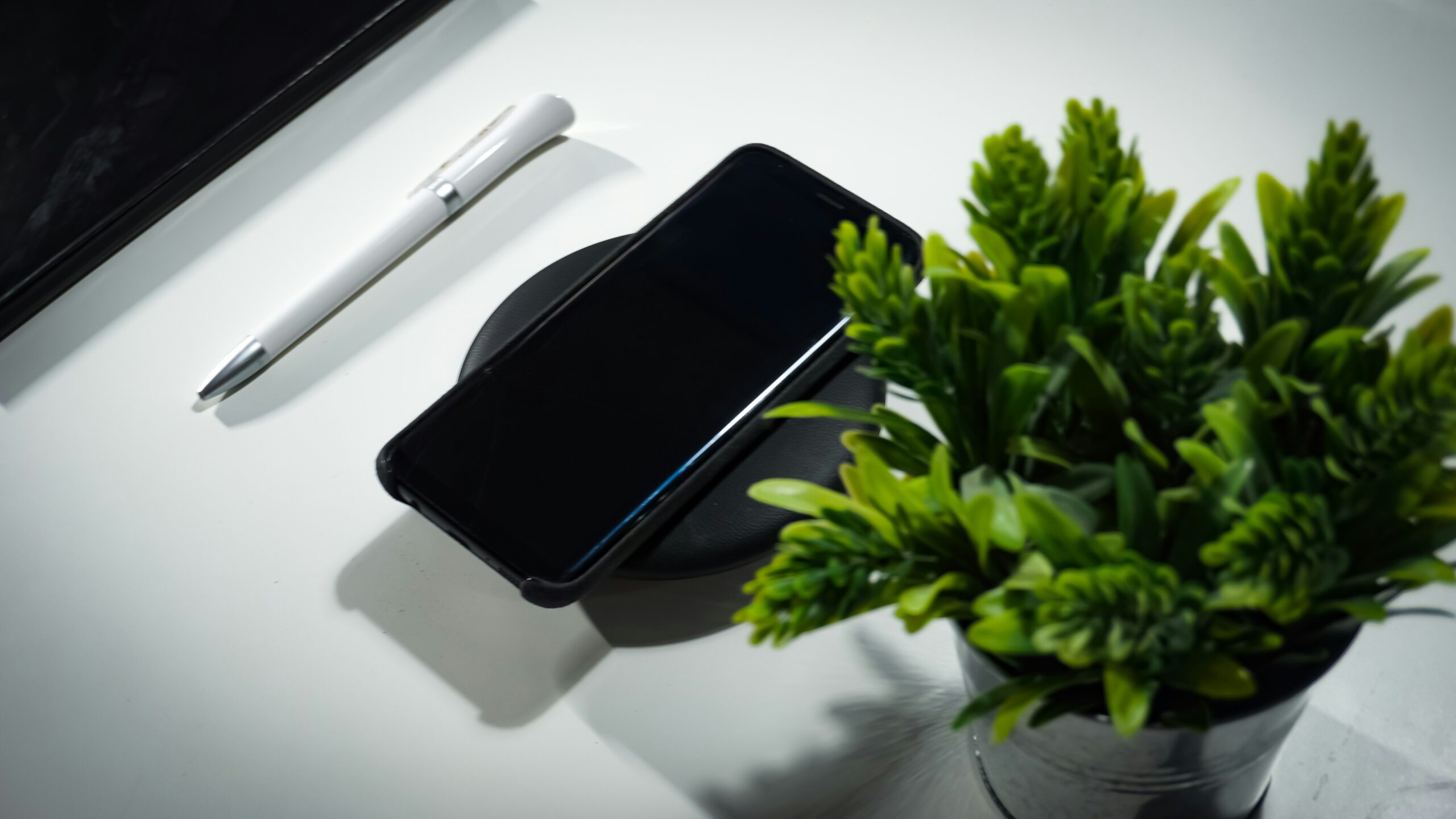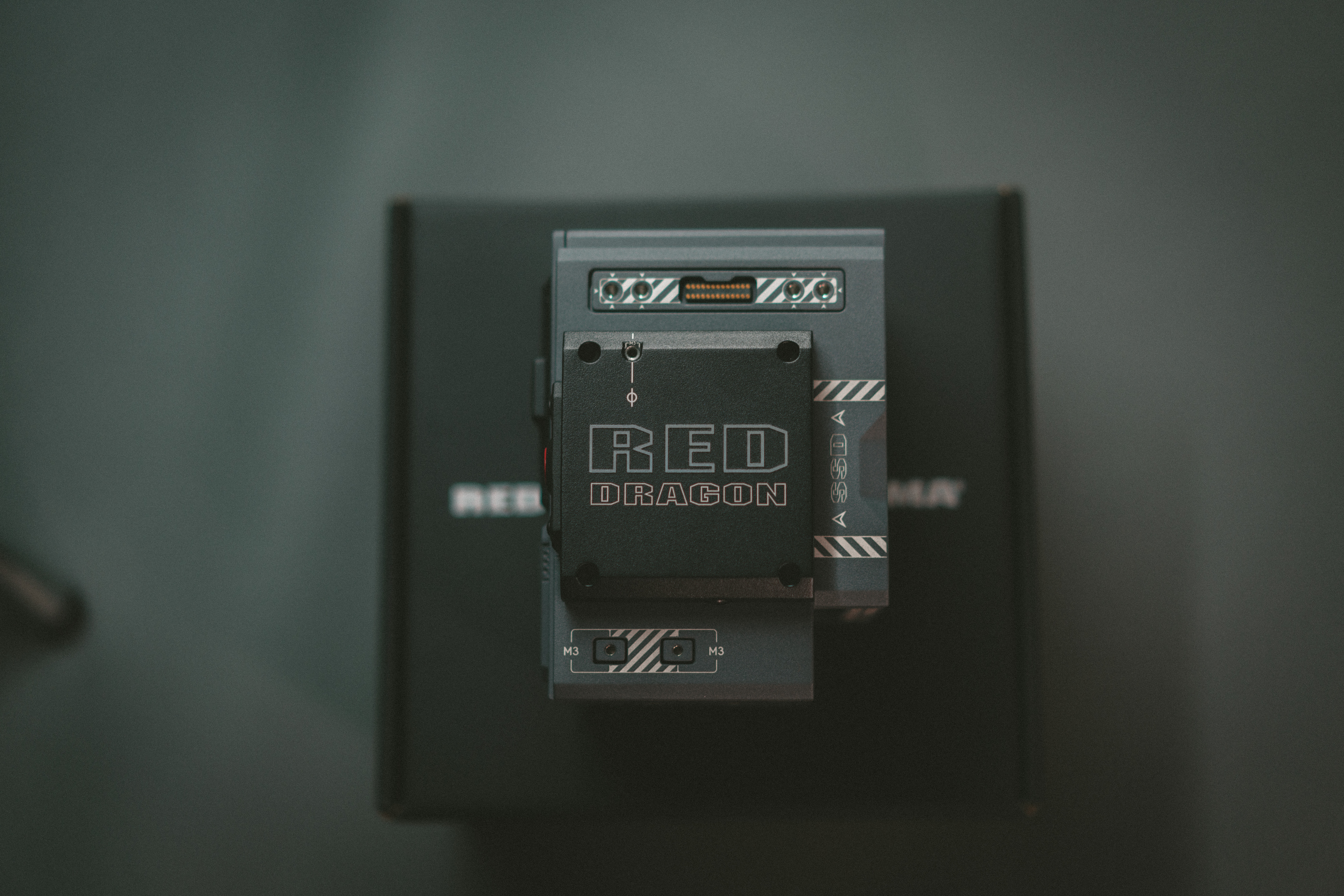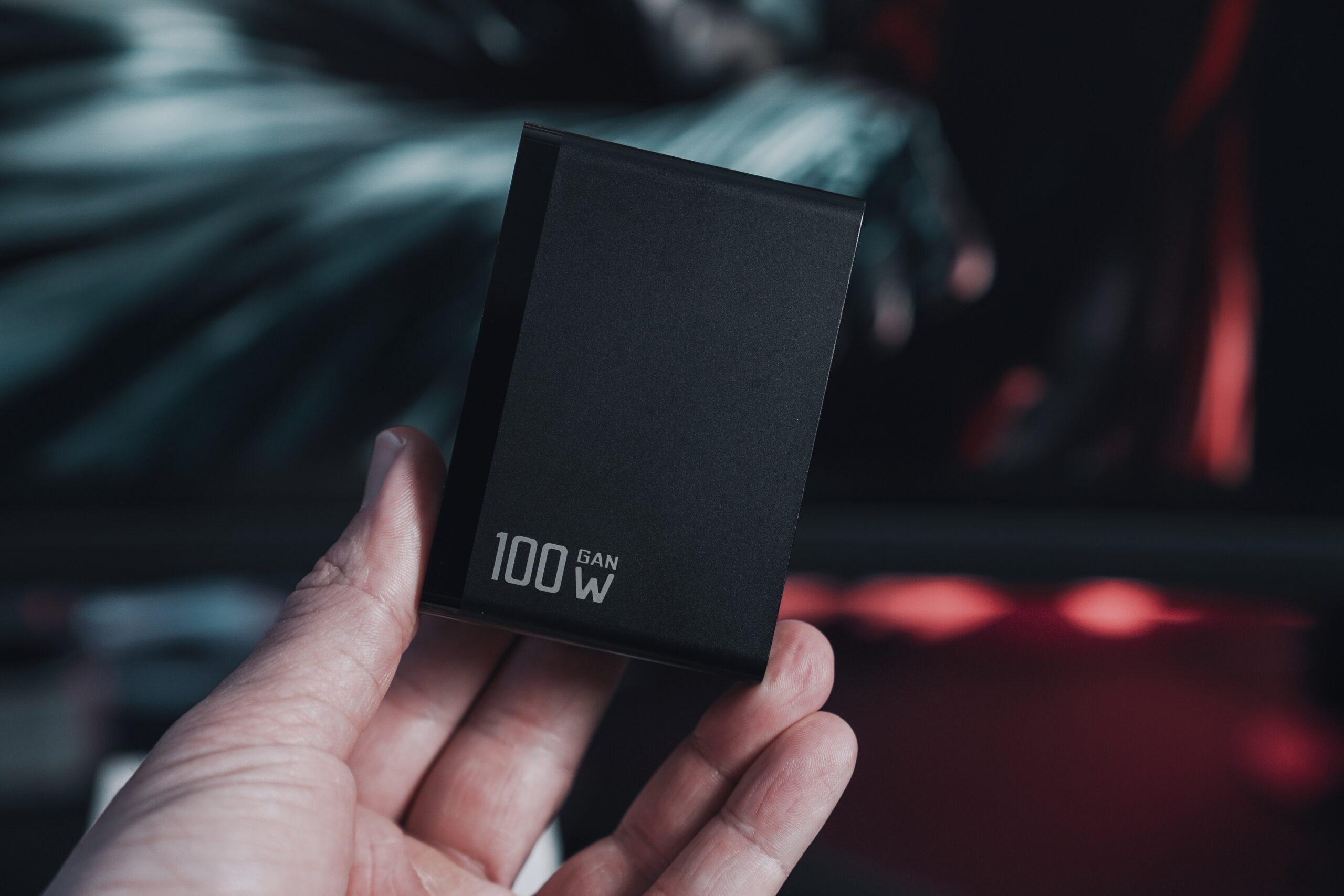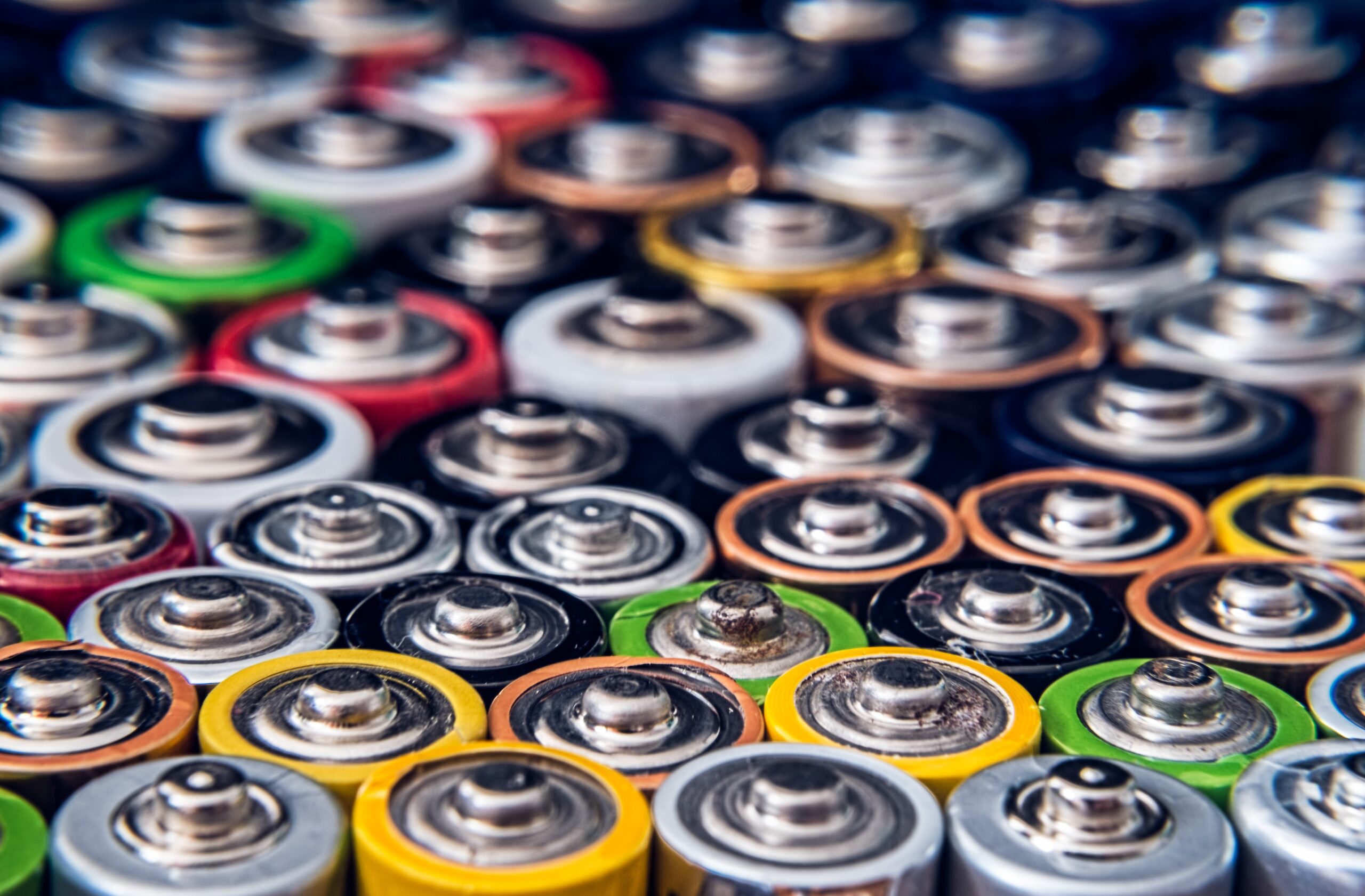Understanding Flooded Batteries Maintenance Tips
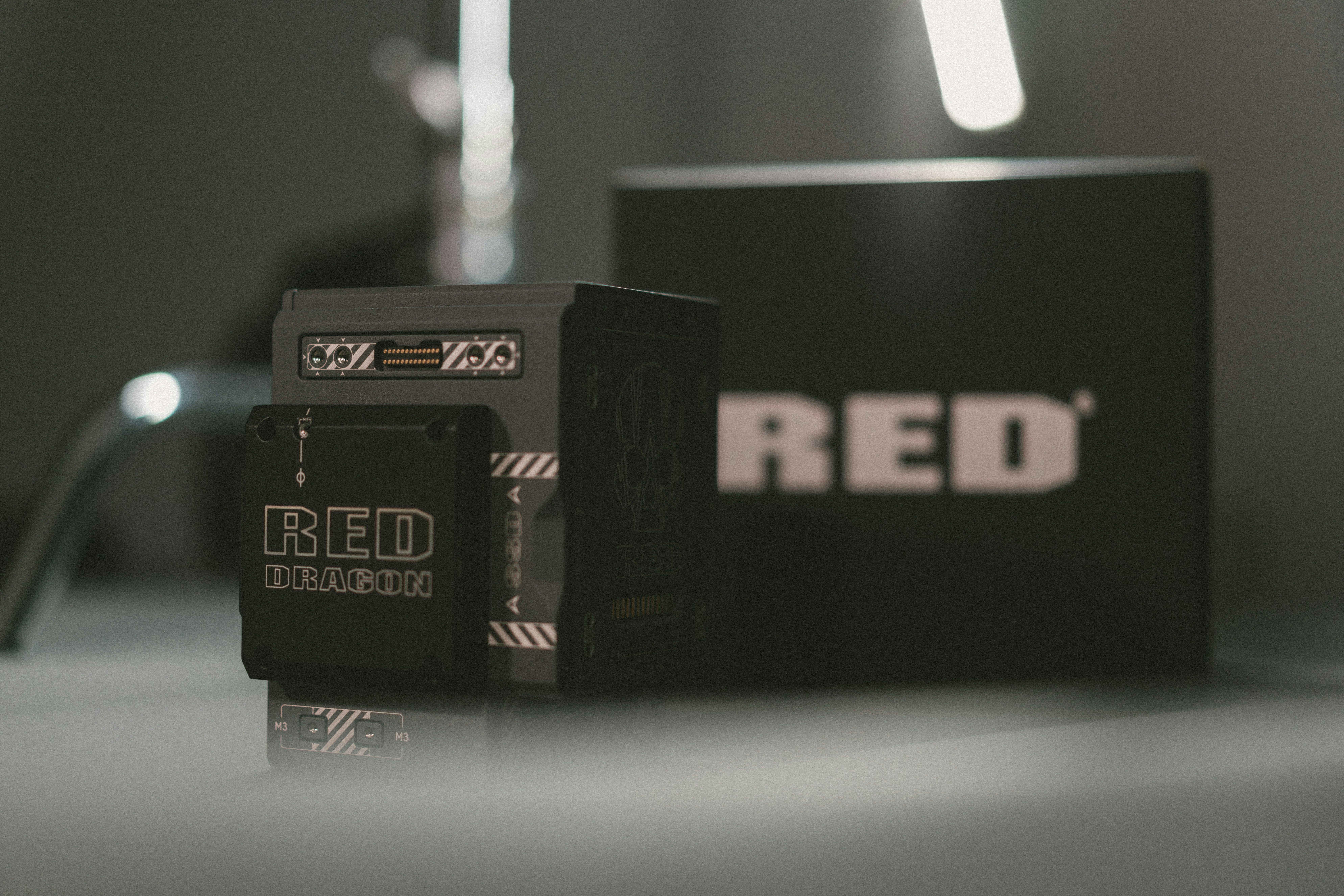
Regular maintenance is key to ensuring optimal performance and longevity for your flooded battery. Flooded batteries, also known as lead-acid batteries, are commonly used in vehicles, boats, and backup power systems due to their reliability and cost-effectiveness.
However, neglecting maintenance can lead to issues such as reduced capacity, decreased lifespan, and even potential safety hazards. In this section, we will provide an overview of flooded batteries and offer essential maintenance tips to help you keep your flooded battery running smoothly.
Read on to discover the importance of regular maintenance and practical tips for maintaining the performance and reliability of your flooded battery.
Why Maintenance is Crucial for Flooded Batteries
Flooded batteries are a type of lead-acid battery that require regular maintenance to ensure optimal performance and longevity. Neglecting maintenance can lead to a range of issues, including reduced capacity, decreased lifespan, and potentially even safety hazards.
To understand why maintenance is crucial for flooded batteries, it is essential to first understand how they work. Flooded batteries are designed with lead plates submerged in an electrolyte solution, typically made up of distilled water and sulfuric acid. During use, the electrolyte can become contaminated with impurities and the water level can decrease. If left unchecked, these issues can cause irreversible damage to the battery.
In addition to reducing the lifespan and capacity of the battery, neglecting maintenance can also pose safety risks. For example, overcharging or undercharging a flooded battery can cause it to leak acid, potentially leading to chemical burns or even explosions.
To avoid these issues, it is important to perform regular maintenance on your flooded battery. This includes tasks such as regularly checking fluid levels and replenishing distilled water as needed, performing equalizing charges to balance the voltage of each cell, and monitoring voltage levels to ensure that the battery is functioning properly. By following these essential maintenance tips, you can ensure that your flooded battery performs optimally and lasts for as long as possible.
Essential Maintenance Tips for Your Flooded Battery
Maintaining a flooded battery is crucial to ensure optimal performance and longevity. Here are some essential maintenance tips to help you maximize the lifespan of your flooded battery:
- Regular Inspection and Cleaning: Inspect the battery regularly for any signs of damage or corrosion. Clean the terminals with a wire brush and a mixture of baking soda and water to remove any oxidation or acid buildup.
- Proper Fluid Levels and Replenishment: Check the fluid levels of the battery regularly. If the fluid levels are low, add distilled water to the battery until the plates are completely covered. Do not overfill the battery.
- Equalizing Charges: Perform equalizing charges regularly, especially if the battery is heavily used. This process helps to restore the battery’s charge balance and increase its overall capacity.
- Voltage Monitoring: Monitor the voltage of the battery regularly with a voltmeter. If the voltage drops below a certain level, recharge the battery immediately to prevent damage.
By following these essential maintenance tips, you can ensure that your flooded battery performs optimally and lasts longer. Neglecting maintenance can lead to decreased performance, reduced capacity, and even potential safety hazards.























